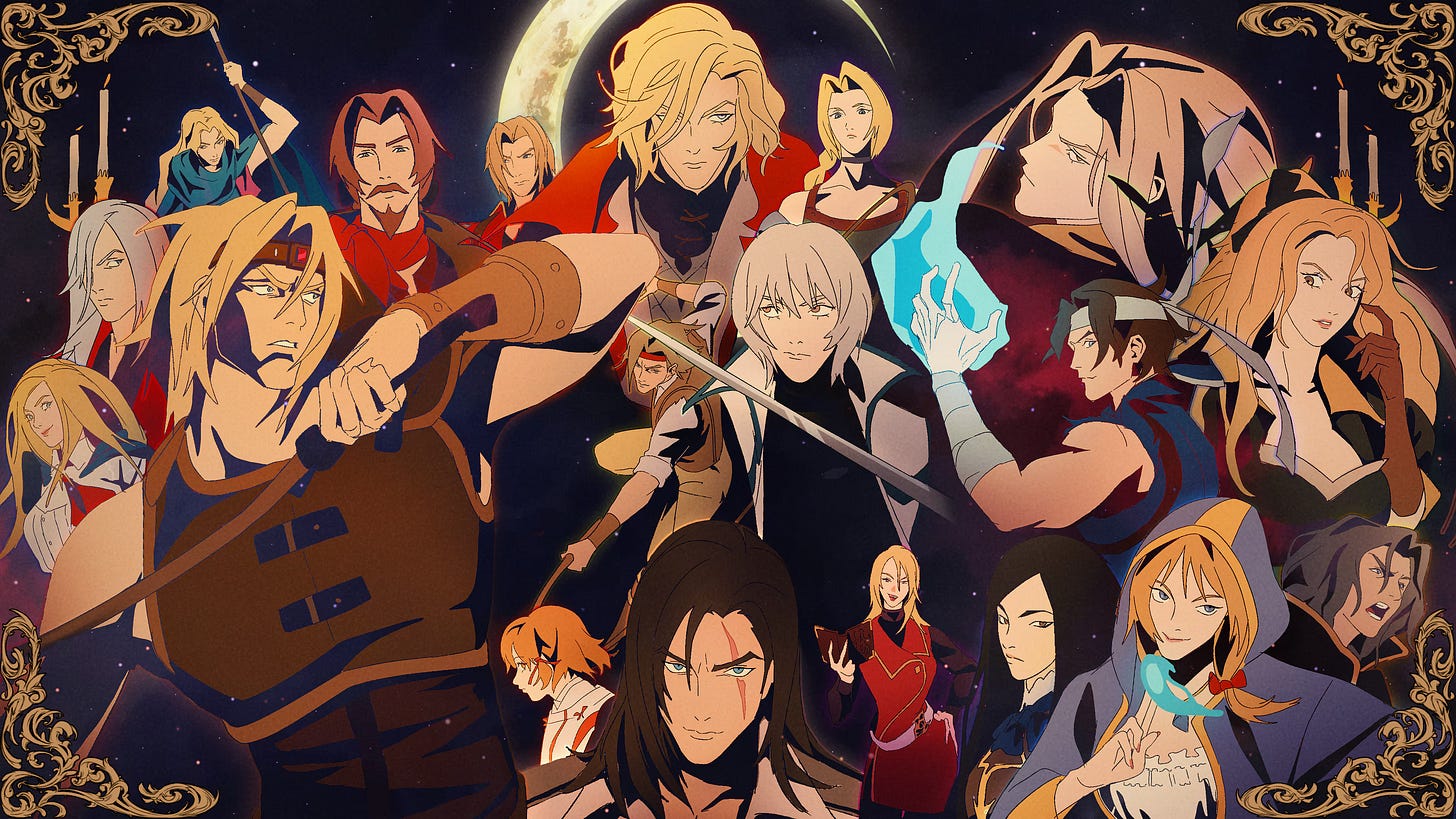Skype taught the world how to video chat before “Zooming” was even a thing. Now, 22 years after its launch, the OG of online calling has officially gone silent.
Skype officially shut down on May 5, 2025, marking the end of one of the most iconic names in internet communication. Microsoft, which acquired Skype back in 2011 for a cool $8.5 billion, has folded the app into Teams as part of a strategic shift. The company cited declining usage and stiff competition from Zoom and Google Meet as key reasons for pulling the plug.
Once a staple for long-distance calls and awkward webcam angles, Skype just couldn’t keep up with the times. Clunky redesigns, buggy updates, and the rise of sleeker platforms chipped away at its user base—which plummeted from a reported 600 million users in 2010 to near obscurity by 2025. Let’s face it: even your grandparents probably jumped ship for FaceTime.
Why Skype Hung Up
Microsoft first announced the shutdown plans in early 2025, giving users a few months to migrate to Teams. But this wasn’t a sudden death—it was a slow fade. Zoom dominated the pandemic era. Google Meet became a no-brainer for Gmail users. Skype tried to evolve but kept tripping over its own updates. By the end, it was less “connecting the world” and more “clogging your taskbar.”
A Brief History of an Internet Icon
Born in 2003 from the same minds behind file-sharing platform Kazaa, Skype was ahead of its time. It let users make free video and voice calls over the internet—a game changer when international calls still meant dialing codes and minute-based billing. It was also one of the first VoIP apps to support landline calls, group chats, and video conferencing, all in one place.
By 2005, it had 50 million registered users. By 2010? 600 million. It was the go-to app for long-distance couples, digital nomads, and teenagers figuring out webcam angles. It even found a niche in gaming communities before Discord stole that crown.
Skype’s Legacy
Before FaceTime, WhatsApp, or Discord, Skype was the way to stay in touch. Sure, the video quality was pixelated, and the UI occasionally resembled a Windows XP science project, but it worked. For a while, Skype was the internet’s face.
It made global conversations accessible, brought families closer, and turned “Can you hear me?” into a universal experience. It wasn’t perfect—emergency calling was limited in places like the UK and Australia—but it paved the way for every video app that came after.
What’s Next for Former Users?
Microsoft says Skype credits and subscriptions will transfer to Teams (for now). But if you’re not into yet another corporate tool in your life, there are alternatives. Google Meet, Signal, and Viber Out offer streamlined options for international communication.
Still, none of them quite capture the odd charm of a Skype ringtone or the mild panic of realizing your camera was on the whole time.
Sources:
-
Slashdot – Microsoft Shuts Down Skype, May 5, 2025
-
Fast Company – Skype is shutting down: Useful VoIP alternatives, May 5, 2025
-
Newsweek – Why Microsoft is Shutting Down Skype, March 1, 2025
-
Wikipedia – Skype, accessed May 5, 2025
News compiled, edited, and fact-checked by Derek Gibbs and Edgar B. for D/REZZED from Clownfish TV.









































